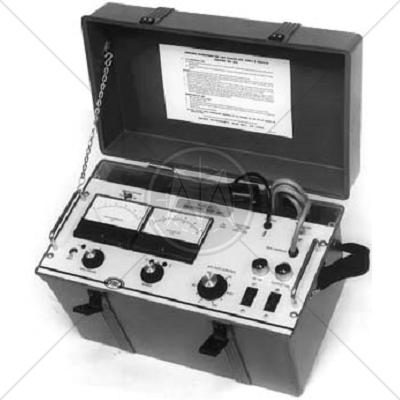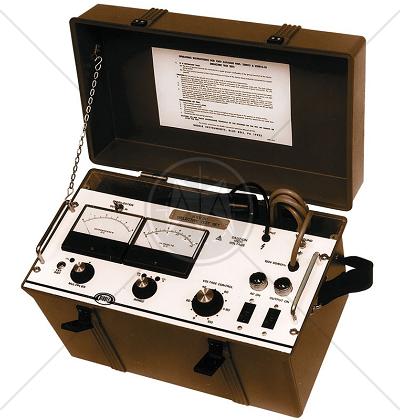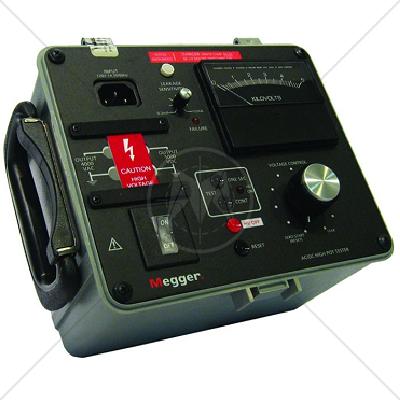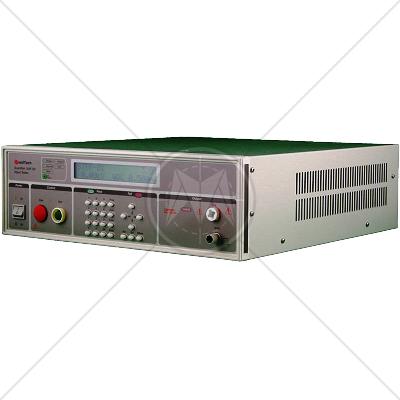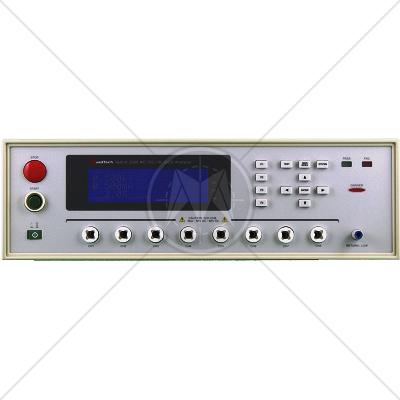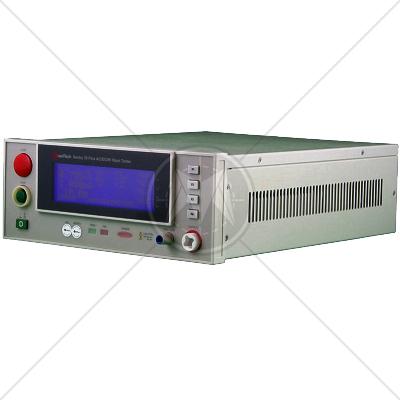Products
- Amplifier
- Analyzer
- Antenna
- Automotive EMC
- Cable Fault Locator
- Calibrator
- Chamber / Oven
- Coupling / Decoupling (CDN)
- Curve Tracer
- Data Acquisition
- Electronic Load
- EMC / EMI
- Environmental
- ESD Simulator
- Generator
- GTEM / TEM Cell
- Harmonics & Flicker
- Hipot
- LISN
- Mains Dips & Drops
- Meter
- Oscilloscope
- PIM Test Solution
- Power Supply
- RF Field Monitor System
- Thermostream
Featured Products
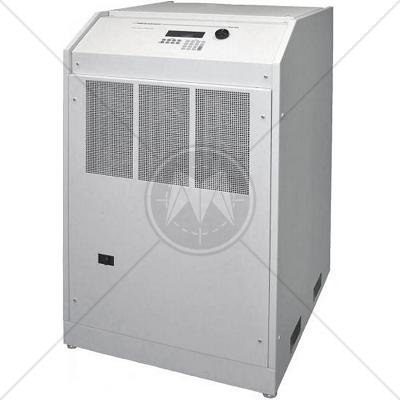
California Instruments MX135-3 High Output AC Power Source 135kVA
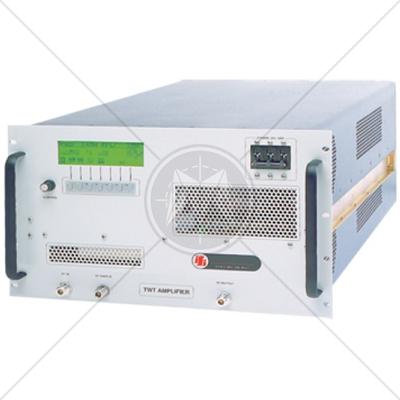
IFI T4026-50 High Power TWT Amplifier 26.5 GHz – 40 GHz 50W
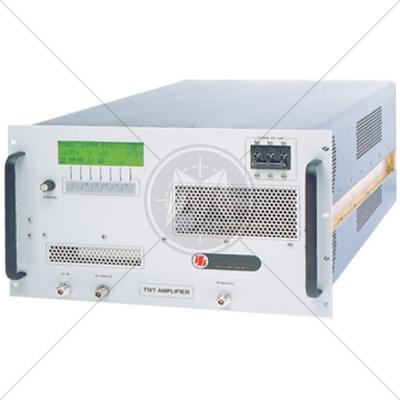
IFI T2618-50 High Power TWT Amplifier 18 GHz – 26.5 GHz 50W
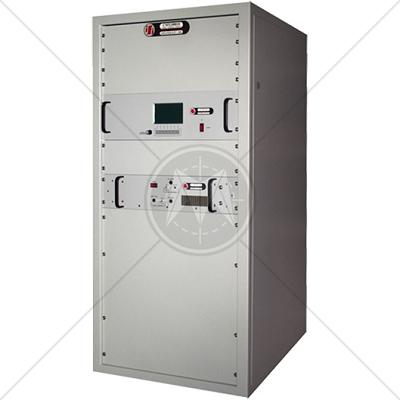
IFI TCCX2500 Tetrode Tube RF Amplifier 10 kHz – 220 MHz 2500W
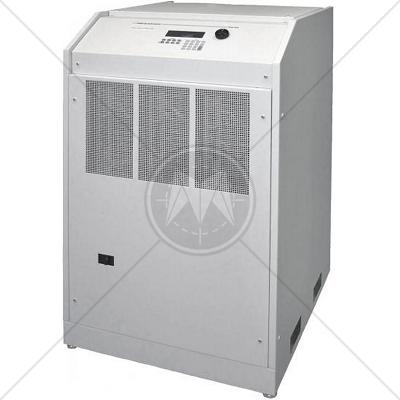
California Instruments MX45-3 High Output AC Power Source 45kVA
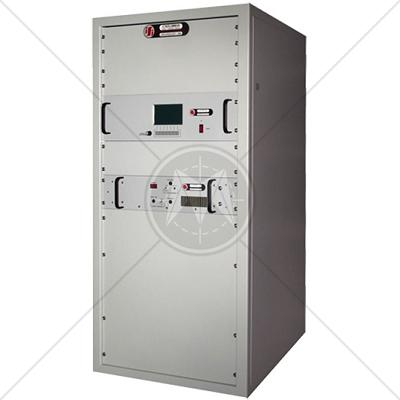
IFI M406 Tetrode Tube RF Amplifier 10 kHz – 220 MHz 1000W
Hipot
Hipot is an abbreviation for high potential. Traditionally, Hipot is a term given to a class of electrical safety testing instruments used to verify electrical insulation in finished appliances, cables or other wired assemblies, printed circuit boards, electric motors, and transformers. A Hipot test (also called Dielectric Withstanding Voltage (DWV) test) verifies that the insulation of a product or component is sufficient to protect the operator from electrical shock. In a typical Hipot test, high voltage is applied between a product's current-carrying conductors and its metallic shielding. The resulting current that flows through the insulation, known as leakage current, is monitored by the hipot tester. The theory behind the test is that if a deliberate over-application of test voltage does not cause the insulation to break down, the product will be safe to use under normal operating conditions—hence the name, Dielectric Withstanding Voltage test.
Standards
| CISPR |
| CISPR 11 |
| CISPR 14 - 1 |
| CISPR 14 - 2 |
| CISPR 14 - 2 |
| CISPR 16 - 1 |
| CISPR 16 - 2 |
| CISPR 16 - 3 |
| CISPR 16 - 4 |
| CISPR 22 |
| CISPR 24 |
| IEC |
| IEC/TR EN 61000 - 1 - 1 |
| IEC/TR EN 61000 - 2 - 1 |
| IEC/TR EN 61000 - 2 - 3 |
| IEC EN 61000 - 3 - 2 |
| IEC EN 61000 - 3 - 4 |
| IEC/TC EN 61000 - 3 - 5 |
| IEC EN 61000 - 4 - 2 |
| IEC EN 61000 - 4 - 3 |
| IEC EN 61000 - 4 - 4 |
| IEC EN 61000 - 4 - 5 |
| IEC EN 61000 - 4 - 6 |
| IEC EN 61000 - 4 - 7 |
| IEC EN 61000 - 4 - 8 |
| IEC EN 61000 - 4 - 9 |
| IEC EN 61000 - 4 - 11 |
| European |
| EN 50 081 part 1 |
| EN 50 081 part 2 |
| EN 55 011 |
| EN 55 013 |
| EN 55 014 |
| EN 55 015 |
| EN 55 020 |
| EN 55 022 |
| EN 55 024 |
| EN 50 082 part 1 |
| EN 50 082 part 2 |
| EN 50 093 |
| American |
| FCC Part 15 |
| MIL-STD - 461E |
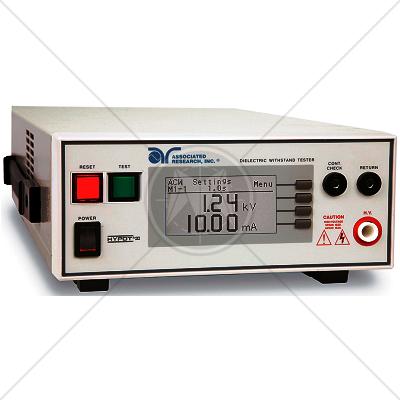
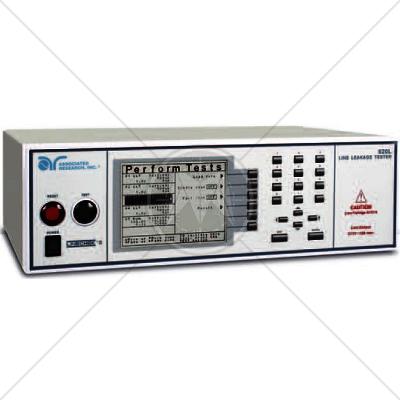
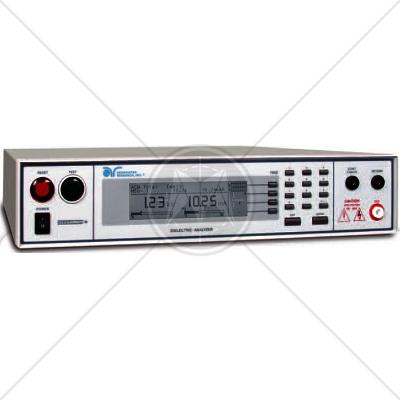
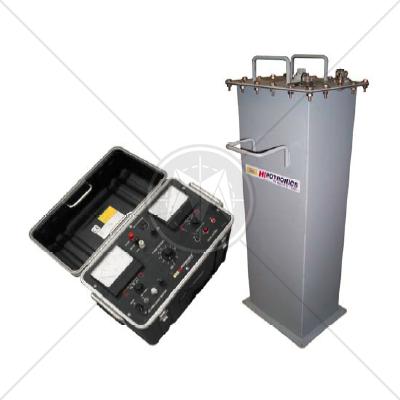
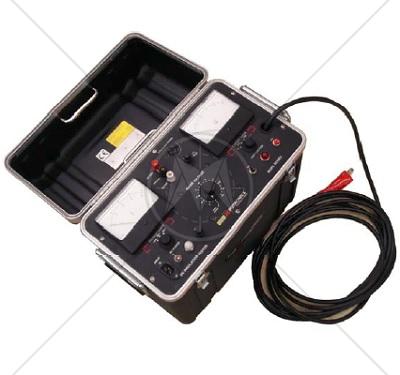
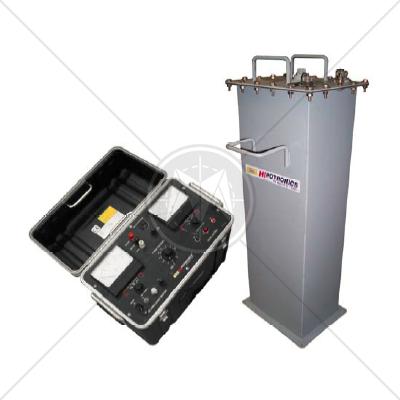

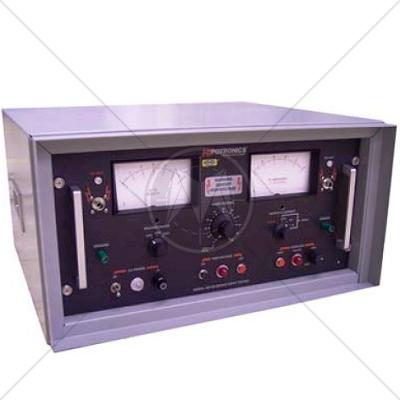
![Kikusui TOS6200 [30A] Ground Bond Tester](https://maximinstruments.com/image.php?image=kikusui_tos6200_pic2.png)
